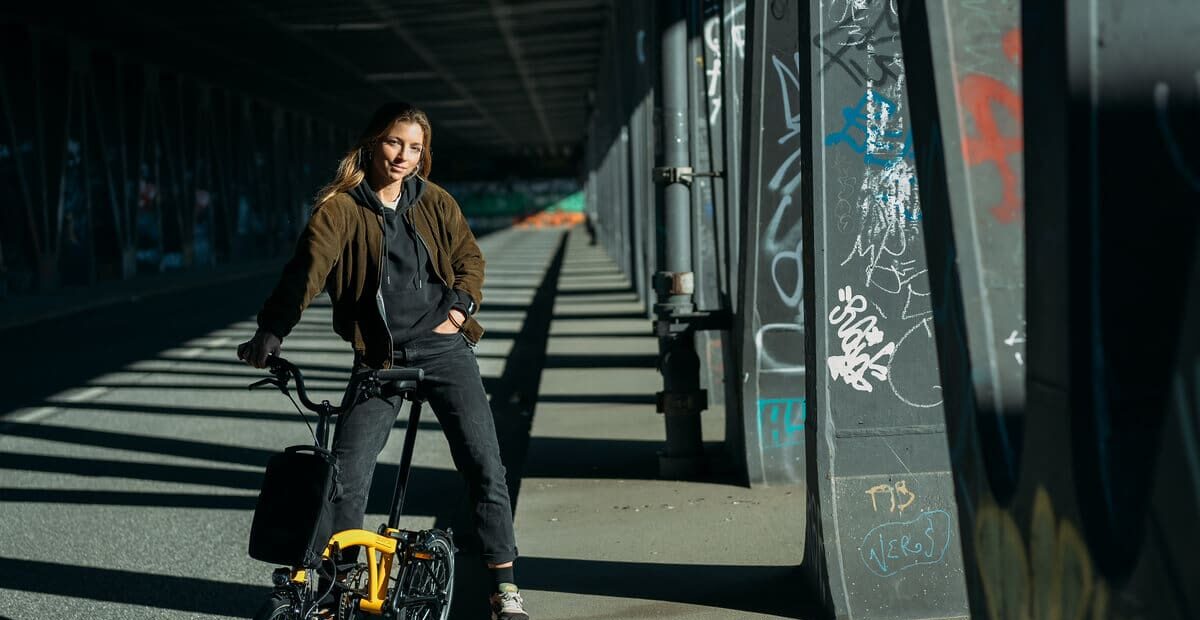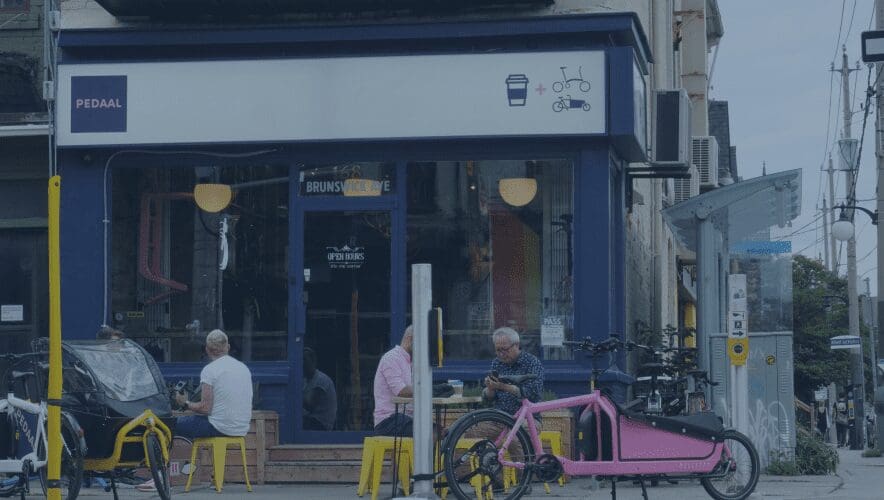At Pedaal, we see a very high rate of Bike Share users coming in to buy Bromptons after using the program for a year or so. We think this connection is fascinating. Bike share programs have revolutionized urban cycling, making it easy for millions to hop on and explore the city without owning a bike. They act as training wheels for new riders, reducing barriers like cost and maintenance while increasing access. But as riders become more committed, they soon discover bike share’s limitations. That’s where owning your own bike becomes a gateway to freedom, comfort, and real convenience. The question is: what bike outperforms Bike Share? Dig in to unfold more!
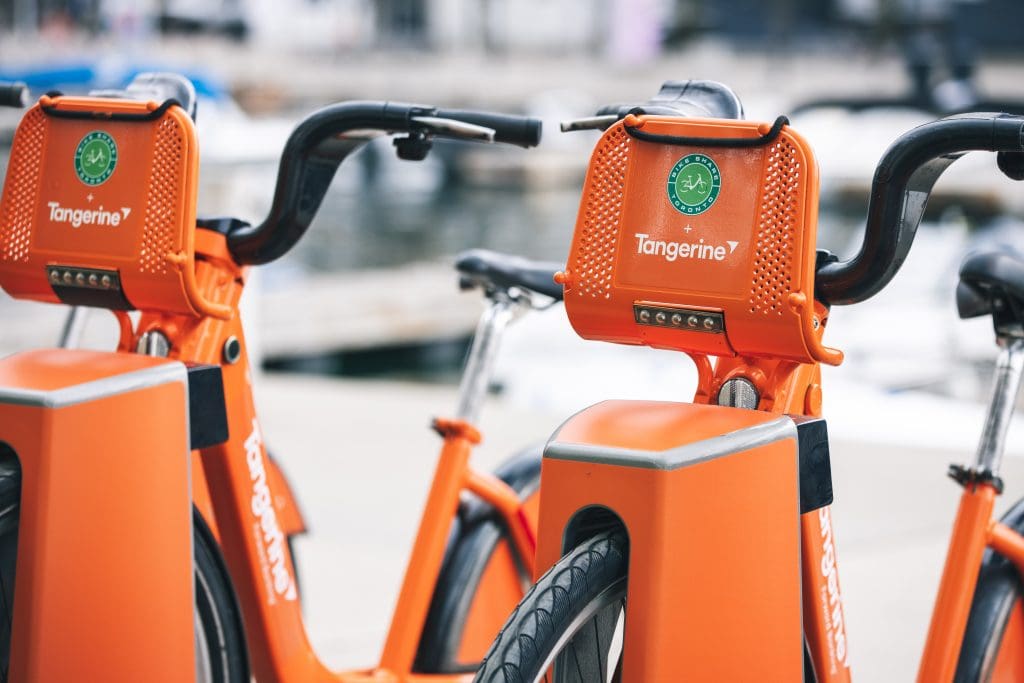
Why Bike Share Isn’t Our Competition
At Pedaal, we’re big believers in Bike Share. While many bike shops believe Bike Share cuts into their business, we don’t buy this one bit. Most bike shops focus on the recreational bike market and refuse to carry city bikes, folding bikes and cargo bikes. We believe there’s a good argument to suggest that Bike Share is publically funded because bike stores refuse to get involved in the transportation market.
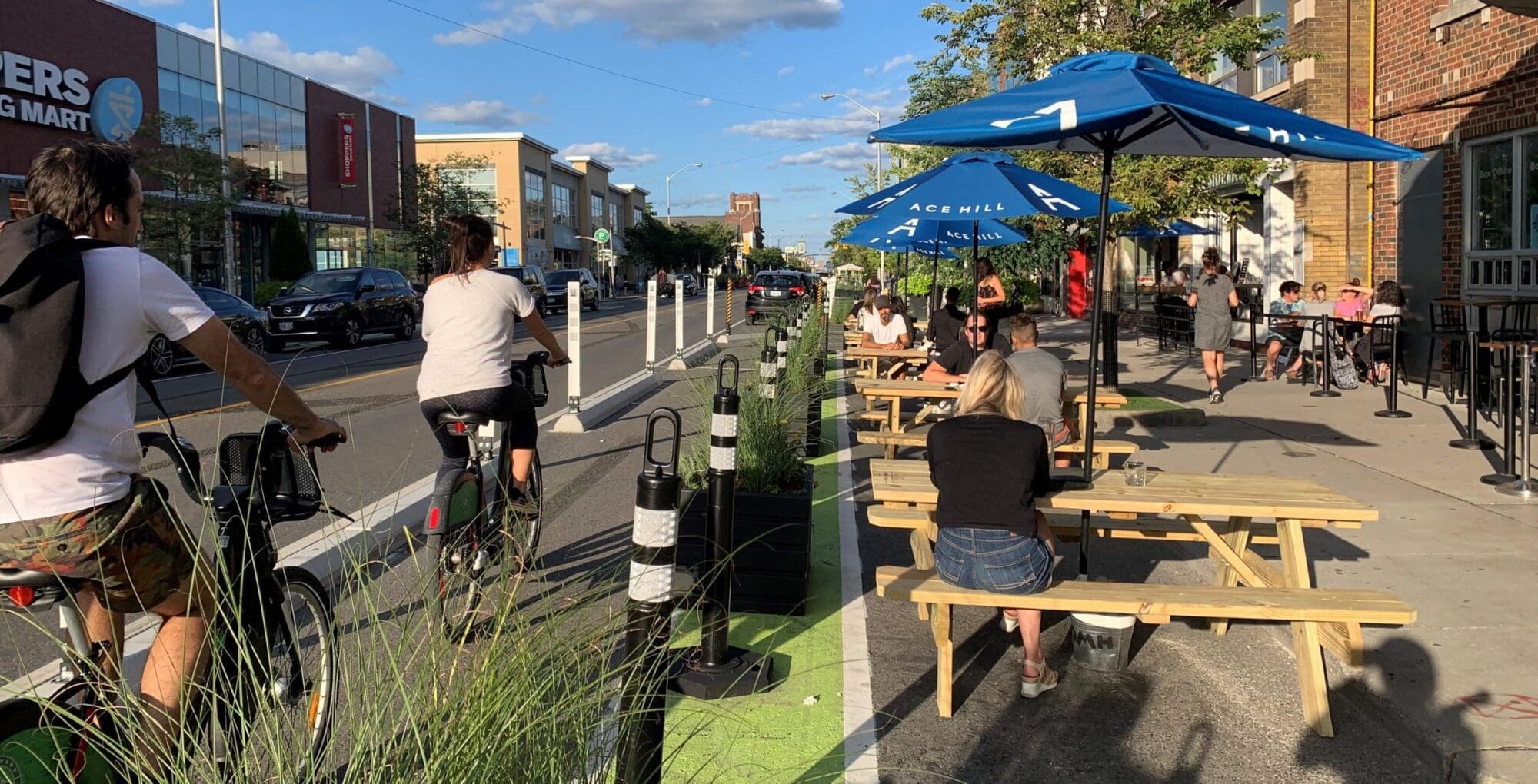
The stages of a Bike Share rider’s journey usually starts with curiosity and, as studies show, a desire for self determination. For instance, you might have a friend who doesn’t seem like a hardcore cyclist, but swears that riding in the city isn’t hardcore at all. And they’re right! You only need to ride once on a lovely Toronto laneway or bike lane to realize that Bike Share is awesome. But, what you’ll also realize is that cycling is faster that transit. Way faster. And, more fun too!
When Bike Share Stops Being Just Transportation
So, you believe your peers enough to try, and at $96 a year, Bike Share feels like a total no-brainer. There’s no insurance to worry about, no tune-ups, and no commitment. Like any new user, you start with quick trips – maybe to work, maybe to run an errand – and keep them under 30 minutes, so there are no overage fees. It’s cheap, it’s easy, and chances are good that you wonder why you didn’t start sooner.
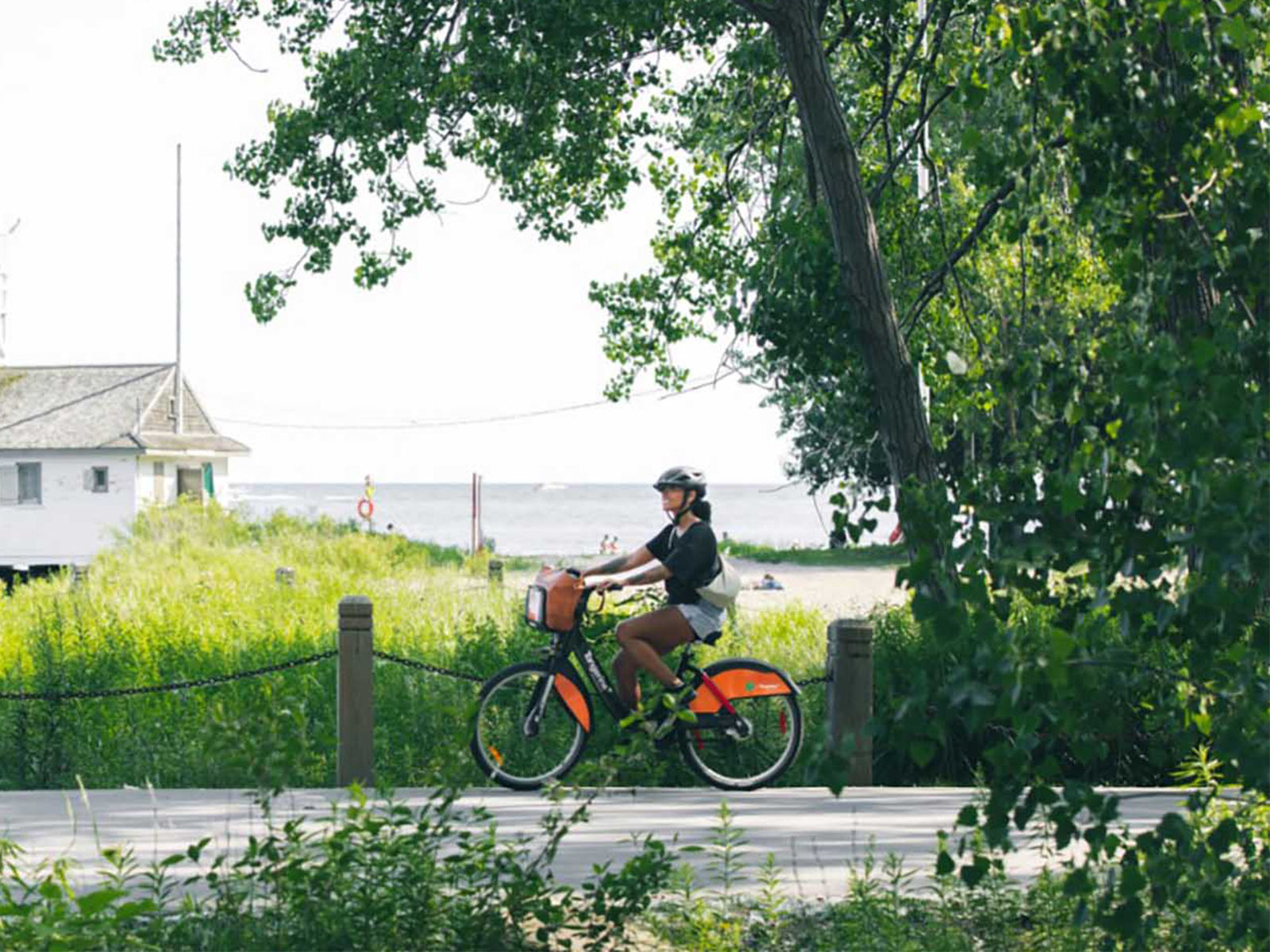
But, a few weeks or months in you find that something changes. You’re not just going from A to B anymore – you’re exploring different routes to work. You’re adding some whimsy and some spontaneity. Suddenly, the city that you’d usually experience by car or transit feels very different. You’re finding hidden alleyways, quiet side streets, and little parks you never knew existed. Bike Share has made errands feel like small adventures.
Beyond the Dock
It’s at this point that you begin to notice the limits with Bike Share. Every trip begins and ends at a dock, and no matter how close the nearest one is, there’s always that last little stretch – the “last meters” – to walk. (Most Bike Share programs space docks 300 meters apart to unlock this problem, but its still a problem). It’s a small inconvenience at first, but over time it adds up, especially if you’re carrying groceries, juggling a laptop bag, or trying to beat a downpour. Bike share might solve the “last mile” problem, but it still can’t get you right to door-to-door, or (teaser alert) desk to desk.
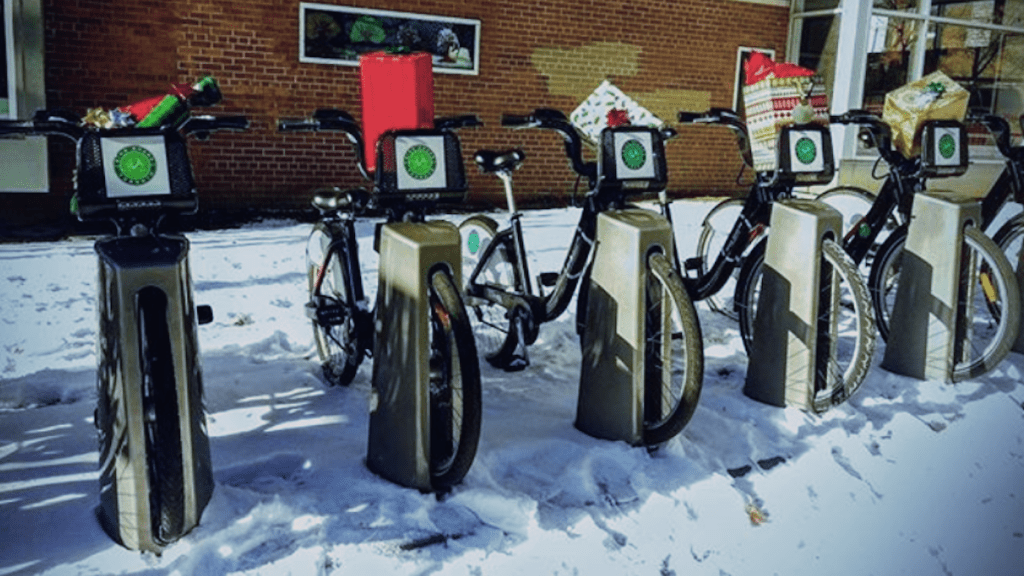
Then comes the weekend. You’re heading to the Toronto Island and, now that you’re a Bike Share user, you’re thoroughly unconvinced that driving or taking transit to the ferry makes sense. But, when you’re on the island, you continue to bike. Because, behold – you’ve become a city cyclist! You begin to discover that Toronto has endless car-free paths that only increase the fun. You can watch salmon spawn on the Humber River in the Autumn. You can ride to the Rouge Park on the Gatineau Hydrocut, or you can explore the vast trail network in the Don Valley. These aren’t quick 30-minute hops; they’re one- or two-hour rides with stops along the way.
When Bike Share Stops Being a Bargain
Bike Share was designed to reduce congestion by rewarding people to get out of their cars. Over 50% of people driving cars are driving under three miles. That’s exactly what Bike Share was designed for. And, it’s that kind of distance that Bike Share rewards. So, while the first 30 minutes are free, the clock runs up exponentially. A 90-minute ride will run you $9. Two hours is $13.50. It begins to add up. And sure, you can “dock hop” to reset the timer, but that means planning your route around station locations and breaking the flow of the ride. It’s the opposite of the spontaneous, go-anywhere feeling you thought cycling was about.
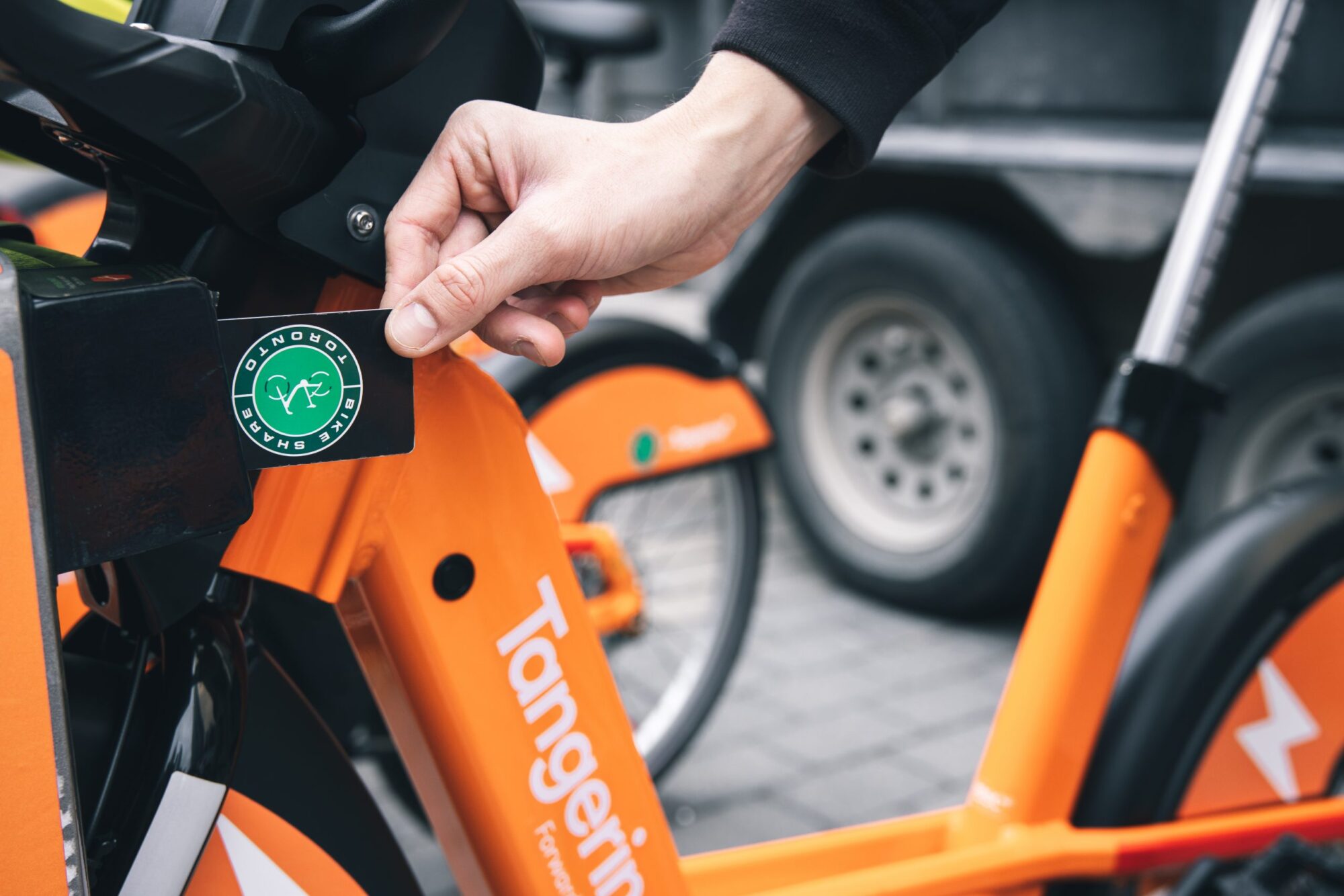
By now, you’ve gone from a $96-a-year experiment to spending to an estimated $800 a year. And hey, that’s still cheaper than operating a car but it isn’t as cheap as you first imagined. But you begin to realize it’s either time to buy your own bike for the longer recreational rides (and continue using Bike Share), or get a bike that actually outperforms Bike Share and packs in a lot of adventure too. (What if this bike could also pack up for adventure? That’s another teaser!).
From Bike Docks to Bike Locks
Yes, Bike Share is a fantastic gateway to cycling. But as soon as you’re riding longer distances, more often, and for more than just commuting, the cracks start to show. At the same time, dock-to-dock systems have one big advantage: built-in security. When the bike lives at a station, you don’t have to worry about it being stolen. And, Toronto is rather famous when it comes to bicycle theft.

Another issue is that even the best-placed dock still leaves you with the “last meters” problem: the short but often inconvenient walk from the dock to the door, whether you’re hauling groceries, carrying a laptop, or trying not to get drenched in the rain. Owning a regular bike fixes the dock issue, but it creates one that very few are willing to compromise on: theft. Every time you lock your bike outside, there’s that lingering worry – will it still be there when I come back? And if it isn’t, you’re out not just the bike, but the time, heartache, and cost of replacing it.
From Dock-to-Dock to Desk-to-Desk
This is where a Brompton changes everything. With its compact fold, you simply ride from inside your home to inside your destination. If Bike Share is dock-to-dock and owning a bike is door-to-door, a Brompton is desk-to-desk. What other bike can do that? Think about it: most bikes presume you’re leaving the indoors to go outdoors. That’s why you lock them outdoors. But a Brompton is wiser. It knows that in the city, you only ride outdoors to go back indoors: work, gym, groceries, etc.. A Brompton is the only bike engineered to live indoors and outdoors. Especially if you live in a condo.
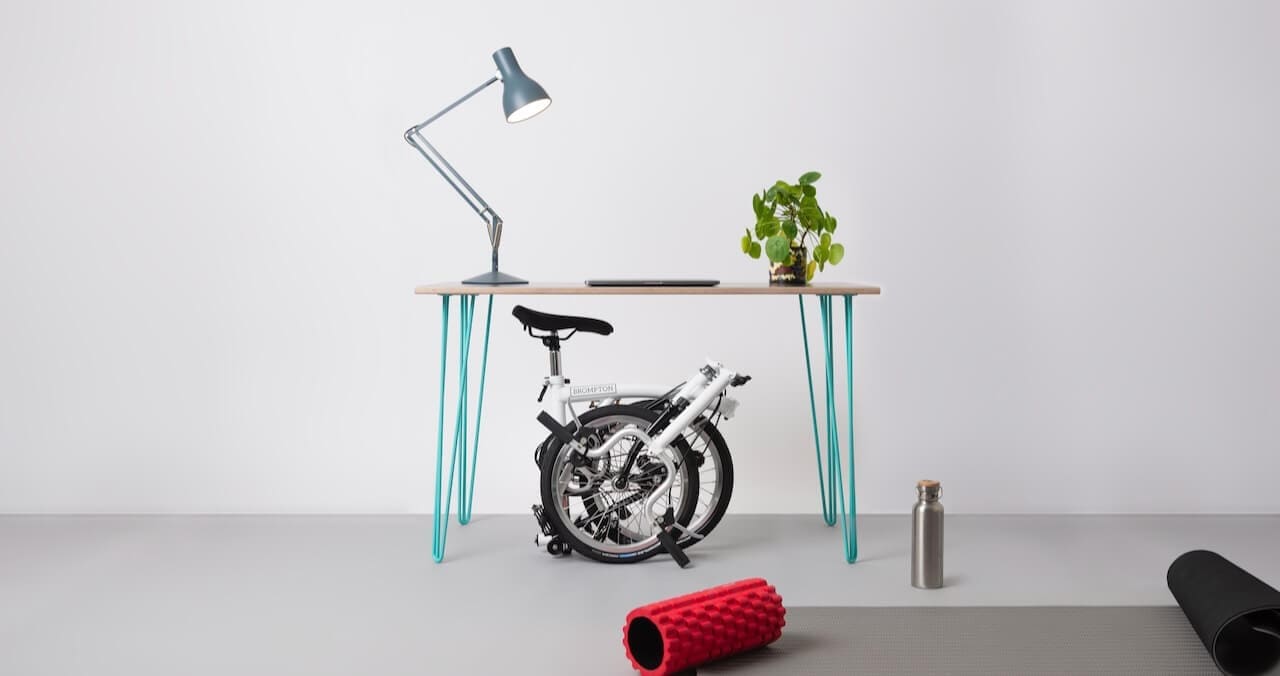
At the end of the day, it’s about the freedom to ride anywhere, the peace of mind that comes from knowing your bike is always safe, and the time you get back when you cut out all the extra steps that Bike Share builds in. It’s also about the bonus level. You can’t take your Bike Share on a plane, nor can you take your regular bike (not easily, anyway), but a Brompton can buddy-up on a business trip or your next European trip.
The Bike Share Graduation Plan
As your rides get longer and more frequent, you eventually hit the limits of Bike Share. That’s when most riders start asking the same question: what’s next? From our experience at Pedaal, Bike Share doesn’t kill bike sales – it feeds them. Once the “training wheels” come off, riders naturally graduate into bike ownership. The question is, which path will you take?
- Stick with Bike Share — You love the convenience and keep riding, even as fees climb with longer trips. At the end of the day, it’s still cheaper than a car or monthly transit pass, and you never worry about theft or maintenance.
- Bike Share + Your Own Bike — You continue using Bike Share for short hops, but buy a personal bike for weekend adventures and longer recreational rides. The key is keeping it stored indoors, because theft is Toronto’s tax on outdoor storage.
- The Brompton Upgrade — You want one bike that does it all: commuting, errands, weekend rides, even international travel. The fold solves the dock-to-dock gap by taking you desk-to-desk. It’s the most seamless way to graduate beyond Bike Share without inheriting the theft problem.
- Go Cargo — You’re ready to haul kids, pets, or serious groceries. The bike costs more, but theft worries drop once you pair it with a $500 anti-grinder lock – small change compared to the price of the bike itself.
- Buy a Standard Bike — You replace Bike Share with your own commuter, but then face the classic dilemma: either invest in a $500 theft-proof lock, or buy a decent lock and live with constant anxiety.
At Pedaal, we see a striking number of Bike Share users end up with Bromptons after about two years. That’s the incubation period, if you will. And, it makes sense: Bike Share opens the door, but ownership opens the city. The real choice isn’t whether to move on – it’s which path makes cycling fit best into your life.
Next Steps





